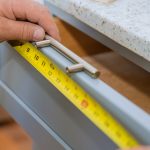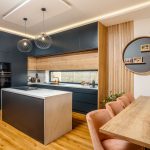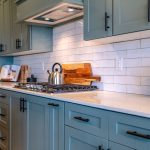Have you ever opened a kitchen cabinet door and marveled at how effortlessly it swings into action?
Chances are you haven’t, and there’s actually good reason for that. Properly installed cabinet doors are meant to open and close smoothly, and most operate so consistently that it’s natural not to notice them.
Maybe we should take notice of these efficient cabinet doors, though, because there’s a lot of effort that goes into making these doors work so well. Specifically, well-fitting cabinet doors require knowing precisely what the dimensions you are working with are, and tailoring your doors to those spaces.
Whether you’re measuring for kitchen cabinet doors, pantry cabinet doors, bathroom doors, or vanity doors, taking accurate measurements is one of the most important steps when refacing your cabinet doors. Before finding your kitchen cabinet dimensions, it’s best to remove your current cabinet doors prior to taking measurements. This will ensure you have no obstructions and are able to get accurate measurements.
Let’s dive into measuring for single cabinet doors, and discuss all the tools you’ll need to get the job done right. Soon, you’ll have the smooth-swinging single cabinet doors that your kitchen deserves.
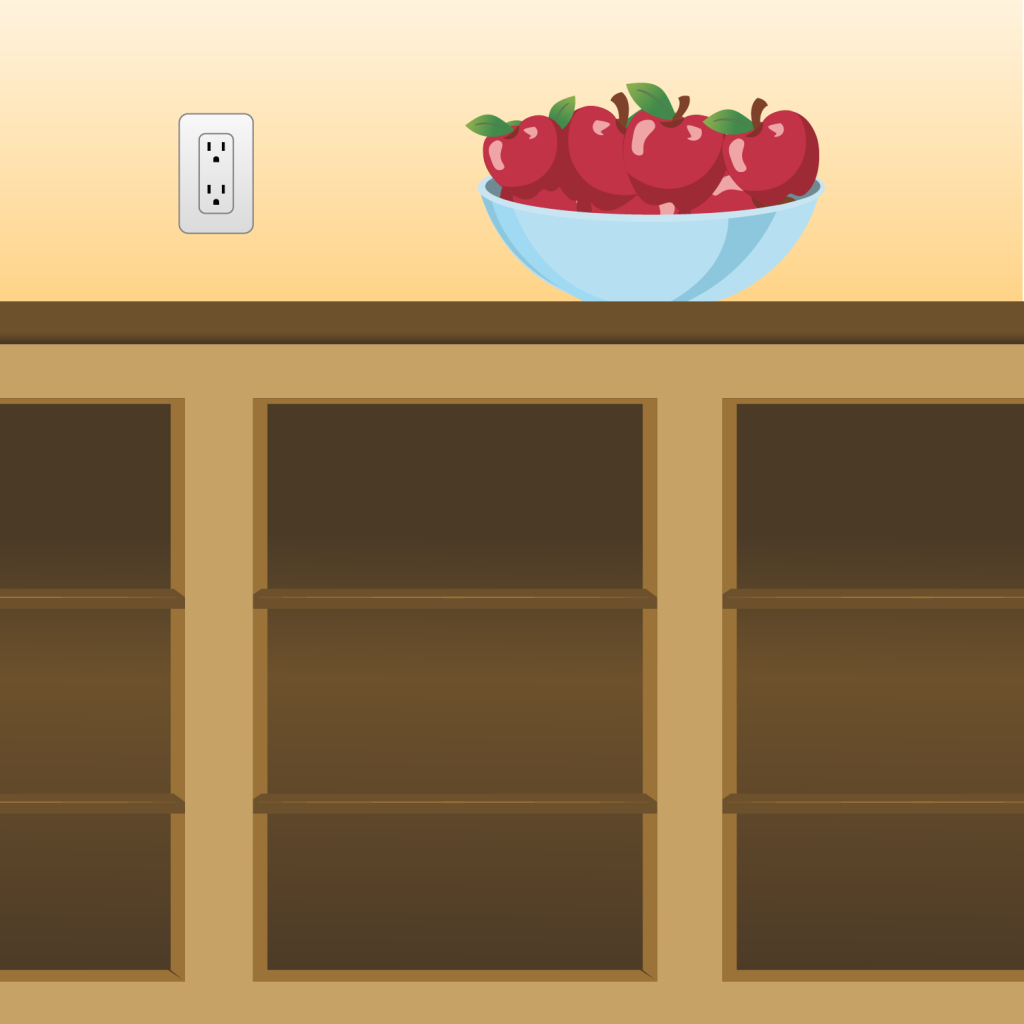
Tools Needed:
- Tape Measure
- Pen/Pencil
- Paper (or print these instructions)
1/2 Inch Overlay
There are generally two main types of overlays when it comes to single cabinet doors. 1/2″ overlay is the standard across the industry for cabinets and the most common when it comes to modern kitchens. If you plan on an overlay of anything other than a half-inch, skip ahead to the next section, Variable Overlay.
- For the width, place your measuring tape on one inside edge of the opening, and pull the measuring tape towards the opposite end of the cabinet opening. Once your tape reaches the other edge, make note of the measurement you see on the measuring tape.
- Enter your cabinet door opening width here [ ]
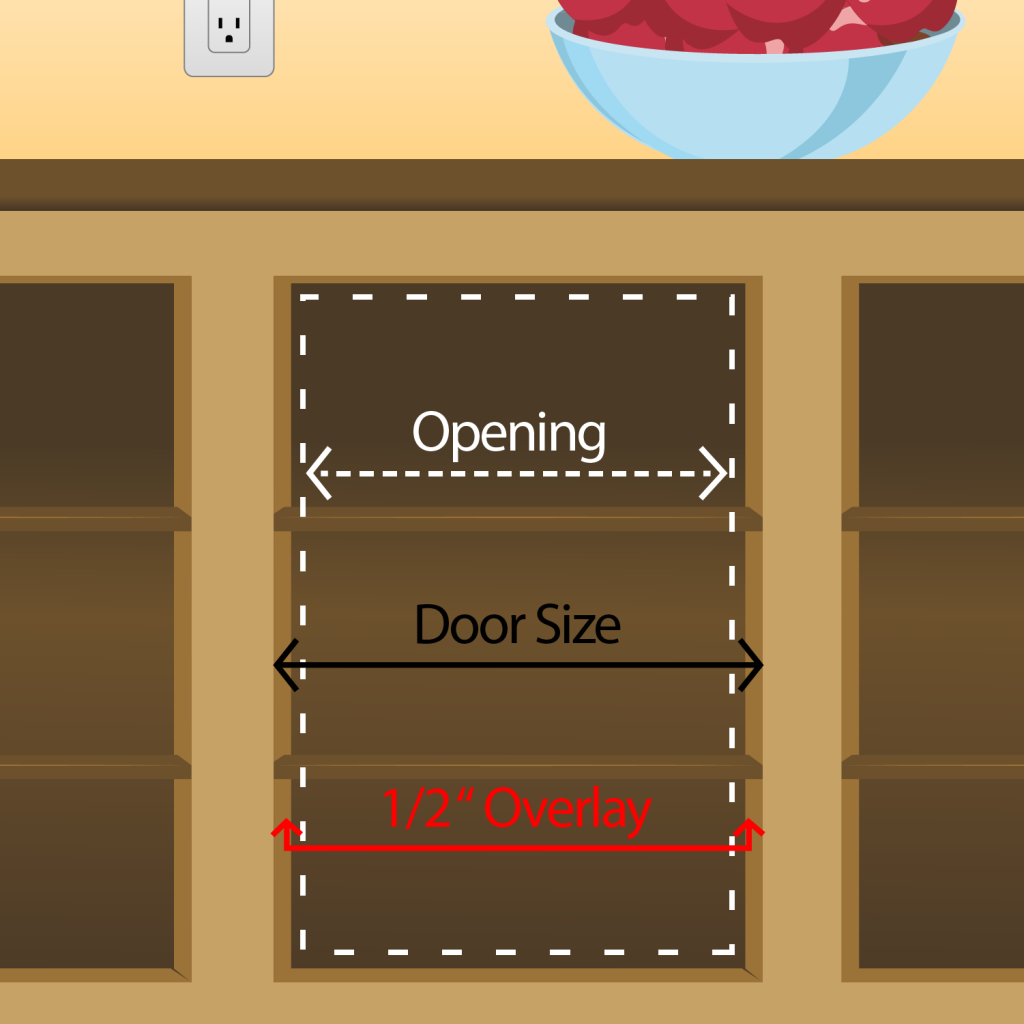
- Repeat step 1, but measure from top of the cabinet opening to bottom of the cabinet opening.
- Enter your cabinet door opening height here [ ]
- Once you have your cabinet door opening width and height measurements, add 1” to your width and your height. This will give you the measurement to include the overlay.
- If you entered your opening cabinet measurements above:
- your opening width and height are W x H
- your cabinet door size is [ ] x [ ]
Variable Overlay
- For the width, place your measuring tape on one inside edge of the opening, and pull the measuring tape towards the opposite end of the cabinet opening. Once your tape reaches the other edge, make note of the measurement you see on the measuring tape.
- Enter your cabinet door opening width here [ ]
- Repeat step 1, but measure from top of the cabinet opening to bottom of the cabinet opening.
- Enter your cabinet door opening height here [ ]
- Determine the overlay you plan your cabinet doors to have
- Enter your desired overlay here [ ]
- Multiply your overlay by 2, then add that to your width and height.
- If you entered your opening cabinet measurements above:
- your opening width and height are W x H
- your cabinet door size is [ ] x [ ]
With this guide, you should be well on your way to gathering the right measurements to install your kitchen cabinet doors. Whether it be a 1/2 inch or variable overlay, you’re that much closer to being able to swing open your new cabinet doors with pride.
Remember, these instructions are for measuring cabinet doors that are single, not double, for instructions of measuring for double cabinet doors, head over to this post. Additionally, if you are measuring for corner cabinets or cabinets that have lazy susans, head over to this post where we walk you through step by step.
If you need any assistance please be sure to reach out, we are always happy to help! And don’t forget to take a look at our posts on cabinet hinges and boring options as well.


